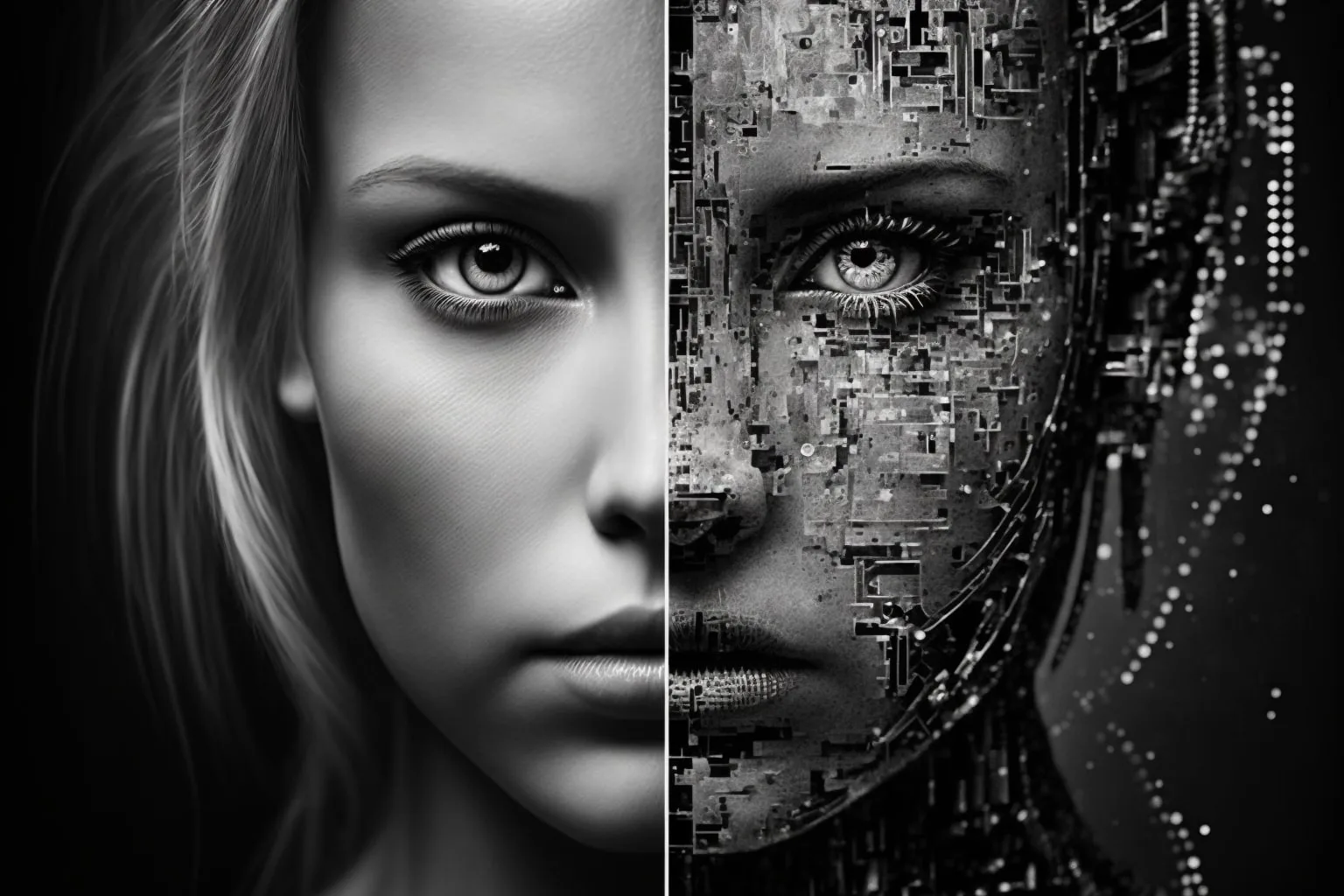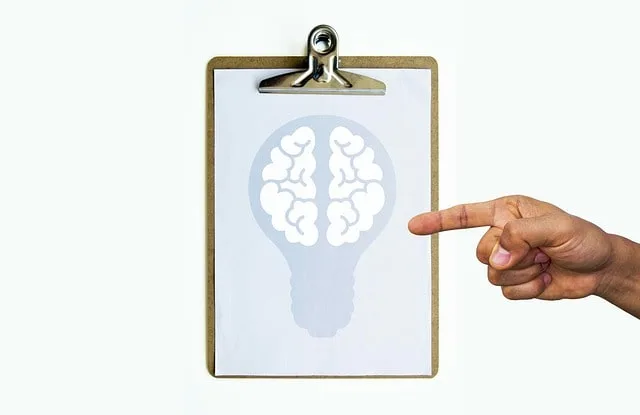
What are Variational Autoencoders
Variational autoencoders (VAEs) are a type of neural network architecture that allows us to compress and decompress data. Furthermore, it gained a lot of attention for their ability to perform unsupervised learning and generate new data aswell.
Variational autoencoders architecture
VAE architecture consists of 2 neural networks, one of which we call encoder and the other decoder.
Encoder network maps input data to a lower dimensional space, which we also call latent space. This is where the compression part takes place.
On the other hand, decoder does the opposite. Therefore, it transforms the data from that lower dimensional space back into a more familiar form. Furthermore, we can also use the decoder to generate data aswell.
During training, the variational autoencoder minimizes the reconstruction loss. Furthermore, we can measure this loss with the difference of the input data and generated output.
In addition to the reconstruction loss, VAEs also introduce a regularization term that encourages the distribution of the latent space to follow a prior distribution. For this purpose we usually use unit Gaussian distribution.
Pros and cons
One of the key advantages these networks possess is their ability to generate new data by sampling from the learned distribution in the latent space. In other words, we can generate new data from random noise.
Their applications vary widely, some of which are image synthesis, data compression and anomaly detection.
However, VAEs, like any other type of neural network, suffers from several challenges. Some of which are difficulty in modeling complex data distributions and generation of low-quality or unrealistic samples.
Conclusion
To conclude, variational autoencoders are powerful tools for unsupervised learning and data generation. While they have a lot of potential to revolutionize various applications, they also pose their own challenges.
With continued progress and research, we can expect to see major breakthroughs in the field of machine learning and artificial intelligence.
I hope this article helped you gain a better understanding about variational autoencoders and maybe even inspire you to learn even more.


